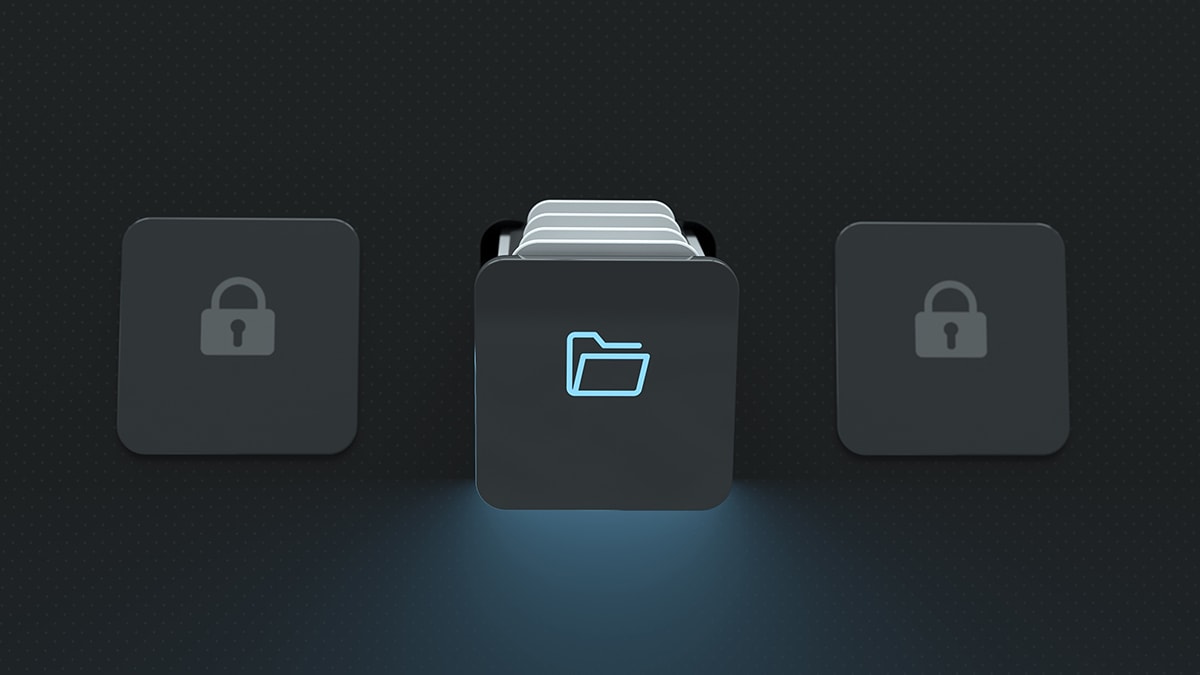What to know
- The Environmental Protection Agency collaborated with Duke University on a large longitudinal study called CATHGEN.
- The goal of CATHGEN was to understand the acute and chronic health effects of air pollutant mixtures, including individual effects on the cardiovascular system.
- Learn about accessing CATHGEN data through the Research Data Center.

Background
Genetic and epigenetic factors were evaluated to determine if they make individuals more at risk to air pollutants. The study is supported by health records derived from nearly 10,000 people from 2001 to 2011 and who had a cardiac catheterization done at Duke. The version of the study data made available through the RDC contains demographic data, cardiovascular disease history, clinical labs, modeled and measured air quality, and baseline disease demographics data.
More information is available at CATHGEN study
Data documentation
2002–2009 CATHGEN Study Data Dictionary
Proposals are submitted to NCHS and EPA reviews and approves all CATHGEN proposals. Proposal review will take 12 weeks. Submit completed proposals to rdca@cdc.gov.
Proposal amendments, including changes to the research team or minor adjustments to research questions or output, require an updated proposal and full review by the Environmental Protection Agency (EPA). Revisions in the proposal must be highlighted; please do not use track changes.
User fees
All National Center for Health Statistics (NCHS) RDC User fees are waived for access to this dataset. Please indicate “Not applicable – EPA CATHGEN” on the funding line in your proposal. FSRDC fees will apply. Contact your designated FSRDC for more information.
Confidentiality and disclosure
After the proposal is approved, all members of the research team are required to complete the Confidentiality Training. Please submit your Confidentiality Training certificate and signed, notarized non-disclosure affidavit to your RDC Analyst.
Output review for disclosures
All output submitted for review must be the near final product and match the output described in your approved proposal. We will not review frequency distributions or other large volumes of output. When preparing your output for review, make sure the following rule is applied before you submit your output for review:
- Suppress all cell sizes <5.
Follow these steps to request output review:
Step 1. Save the output
1) Save the output to the appropriate folder.
- a. NCHS ONSITE: Place all output in a folder titled: DDMMMYY_RDCID_PI Last Name
- DDMMMYY – Request Date with 3 or 4 letters month abbreviation
- RDCID
- PI Last Name – always use the researcher's Last Name
- DDMMMYY – Request Date with 3 or 4 letters month abbreviation
- b. FSRDC: Follow FSRDC rules for output requests. Contact your FSRDC for more information.
Step 2. Email the NCHS RDC
Email the NCHS RDC Analyst the folder name and brief description of the output. The RDC Analyst will transfer your output file to EPA within five business days.
Step 3. EPA review and approval
EPA will review and approve output within three weeks of receipt.
Step 4. Output sent to you
If the output is approved, the RDC Analyst will send the output to you.
